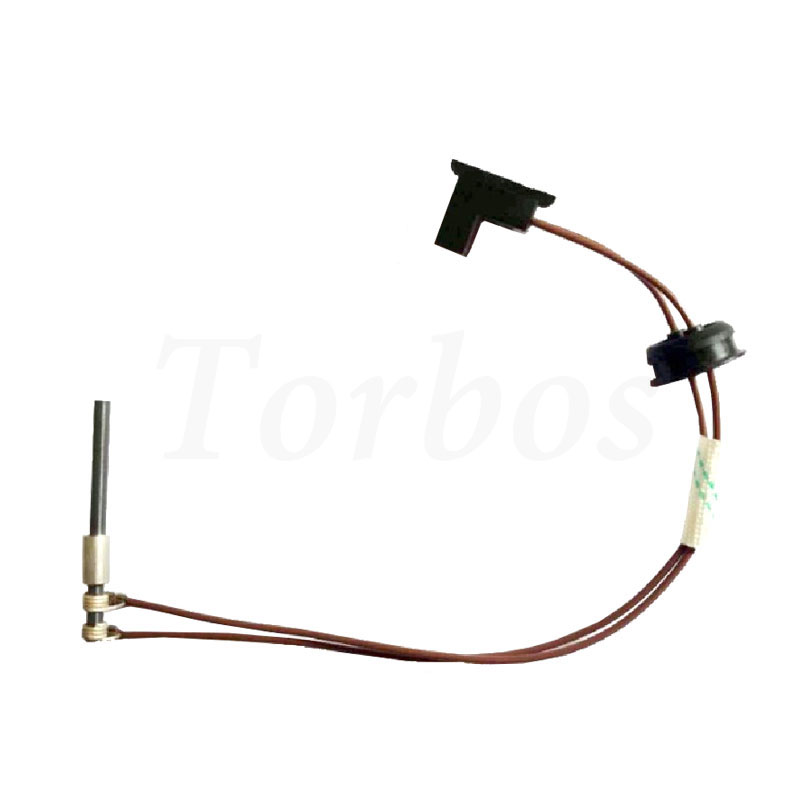Types of Gas Detectors
2024-06-24
A gas detector is a device used to detect the presence of gases in an area, typically for safety and environmental monitoring purposes. Gas detectors come in various types and are used in different industries and applications. Here are the key aspects and types of gas detectors:
Types of Gas Detectors:
1. Fixed Gas Detectors:
- Stationary Installation: Fixed gas detectors are permanently installed in specific locations within facilities such as industrial plants, refineries, laboratories, and storage areas.
- Continuous Monitoring: They continuously monitor the atmosphere for the presence of hazardous gases, providing real-time alerts and alarms if gas concentrations exceed predetermined levels.
- Wired or Wireless: They can be connected to centralized control systems (PLC, DCS) for remote monitoring and data logging.
2. Portable Gas Detectors:
- Handheld Devices: Portable gas detectors are designed for mobility and are carried by personnel to assess gas concentrations in different locations or during field operations.
- Battery-Powered: They are typically battery-operated and provide instant readings of gas levels through visual and audible alarms.
- Personal Safety: Used by workers in industries like mining, oil and gas, firefighting, construction, and confined space entry to ensure safe working conditions.
3. Single Gas Detectors:
- Detection of Specific Gases: These detectors are designed to detect and measure the concentration of a single gas, such as carbon monoxide (CO), hydrogen sulfide (H2S), oxygen (O2), or volatile organic compounds (VOCs).
- Compact and Specific: They are compact and specialized for specific applications where only one type of gas is of concern.
4. Multi-Gas Detectors:
- Versatile Detection: Multi-gas detectors can monitor and detect multiple gases simultaneously.
- Comprehensive Monitoring: Common configurations include sensors for combustible gases (LEL), oxygen (O2), carbon monoxide (CO), and hydrogen sulfide (H2S), providing comprehensive safety monitoring.
Features and Considerations:
- Sensor Technology: Gas detectors utilize various sensor technologies such as electrochemical sensors, catalytic bead sensors, infrared (IR) sensors, and photoionization detectors (PID). Each sensor type is sensitive to different gases and has specific advantages depending on the application.
- Alarm Systems: Gas detectors are equipped with visual (LED lights), audible (alarms and sirens), and sometimes vibrating alarms to alert personnel to the presence of hazardous gas concentrations.
- Data Logging and Connectivity: Advanced gas detectors may offer data logging capabilities to record gas levels over time for regulatory compliance and analysis. Some models also feature wireless connectivity for remote monitoring and integration with safety systems.
- Calibration and Maintenance: Regular calibration and maintenance are essential to ensure gas detectors operate accurately and reliably. Manufacturers provide guidelines for calibration frequency and maintenance procedures.
- Application Specific: Gas detectors are used in diverse applications including industrial safety, environmental monitoring, HVAC systems, laboratories, mining operations, and emergency response.
- Certifications and Standards: Ensure gas detectors comply with relevant safety standards and certifications (e.g., ATEX, UL, CSA) applicable to your industry and geographic region.
Gas detectors play a critical role in safeguarding personnel, facilities, and the environment by providing early warning of gas leaks or hazardous atmospheres, allowing prompt response and mitigation measures to be taken. Choosing the right type of gas detector depends on the specific application, environmental conditions, and regulatory requirements.



